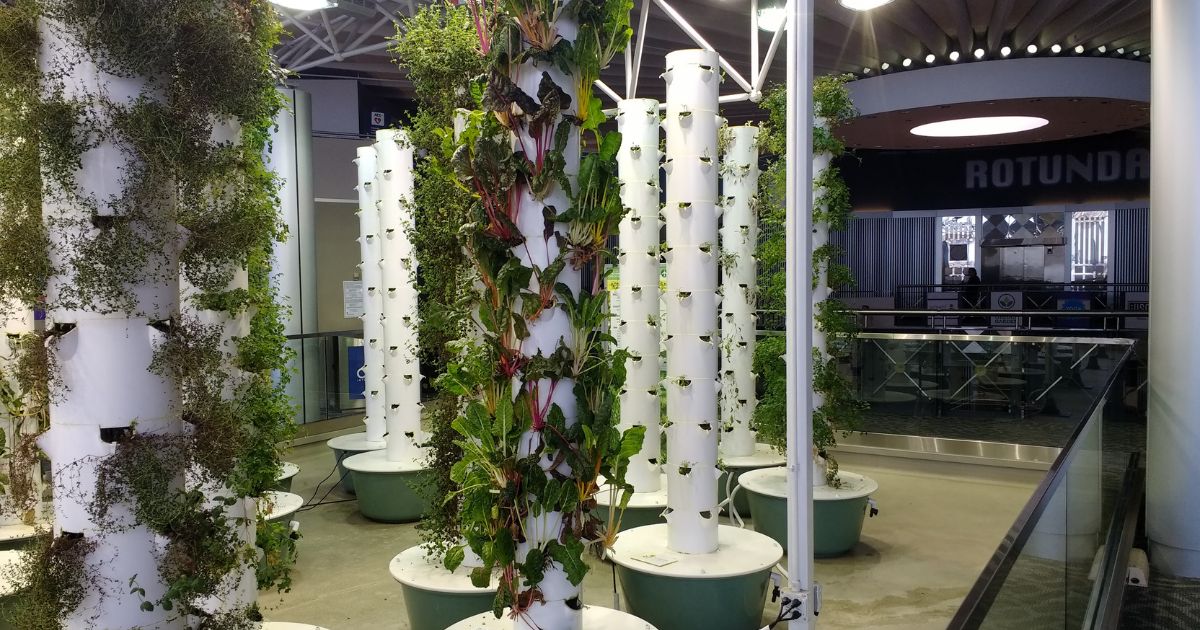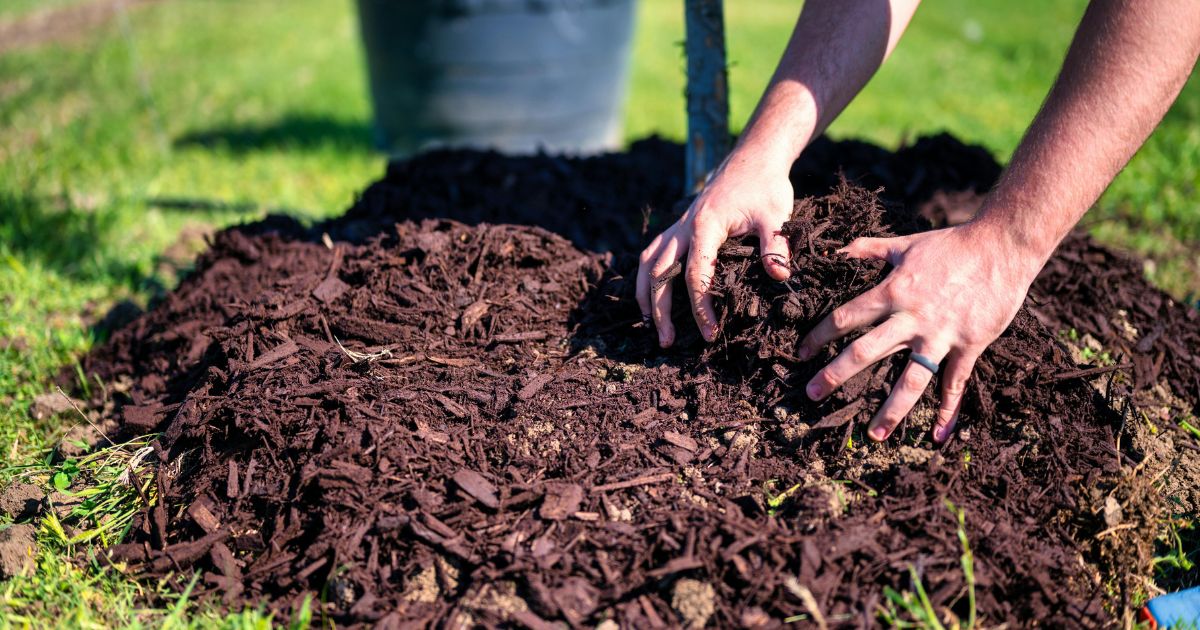
Aeroponics: The Future of Soil-Free Farming
Aeroponics is a cutting-edge agricultural method that offers a soil-free, highly efficient way to grow plants. This technique uses mist or nutrient-rich fog to deliver essential water and nutrients directly to plant roots, ensuring optimal growth. In this article, we’ll explore how aeroponics works, its benefits, challenges, and how you can set up your own aeroponic system.
What Is Aeroponics?
Aeroponics is a type of hydroponic system where plant roots are suspended in the air and sprayed with a fine mist containing water and nutrients. Unlike traditional farming, which relies on soil as a growing medium, aeroponics allows plants to grow faster and more efficiently by providing them with direct access to oxygen, water, and nutrients.
This technique is ideal for leafy greens, herbs, and certain fruiting plants, and it has gained popularity in commercial agriculture and urban farming due to its space efficiency and high yield potential.
How Does Aeroponics Work?
Aeroponics systems rely on three main components:
- Plant Support Structure: Plants are secured in net pots or foam collars, with their roots exposed to air.
- Misting System: A pump sprays a fine mist of nutrient-rich solution onto the exposed roots at regular intervals. This mist provides all the water and nutrients the plants need.
- Reservoir: This holds the nutrient solution, which is recirculated through the system.
The key to aeroponics lies in maintaining a precise balance of water, nutrients, and oxygen. The roots absorb the nutrients and oxygen from the mist while avoiding issues like overwatering or root rot, common in traditional farming.
Benefits of Aeroponics
Aeroponics offers numerous advantages over traditional and other hydroponic growing methods:
1. Faster Growth Rates
- Aeroponics systems deliver oxygen and nutrients directly to the roots, accelerating plant growth. Studies show plants can grow up to 30% faster compared to soil-based farming.
2. Water Efficiency
- Aeroponics uses up to 95% less water than traditional agriculture since the misting system recycles the water in a closed loop.
3. Space Efficiency
- Vertical aeroponic systems allow multiple layers of plants to grow in a small footprint, making it ideal for urban or indoor farming.
4. No Soil Required
- Eliminates the need for soil, reducing risks of soil-borne pests, diseases, and contaminants.
5. Improved Nutrient Absorption
- Nutrients are delivered in an easily absorbable form, ensuring plants receive optimal nourishment.
6. Sustainable and Eco-Friendly
- Aeroponics minimizes water waste, requires fewer resources, and produces less agricultural runoff.
Challenges of Aeroponics
Despite its many benefits, aeroponics does have some challenges:
1. Technical Complexity
- Aeroponic systems require precise control of misting intervals, nutrient concentrations, and environmental conditions.
2. Power Dependency
- Since aeroponics relies on pumps and misting systems, power outages can disrupt the system and harm plants.
3. High Initial Cost
- Setting up an aeroponic system can be expensive due to the need for specialized equipment.
4. Maintenance
- Pumps and misting nozzles can clog over time and require regular cleaning to ensure consistent operation.
Setting Up an Aeroponics System
Follow these steps to build a simple aeroponic system:
Step 1: Gather Your Materials
- A reservoir for the nutrient solution
- A water pump
- Misting nozzles
- PVC pipes or tubing
- Net pots or foam collars for holding plants
- Nutrient solution
- Seeds or seedlings
- A timer for misting intervals
Step 2: Construct the Plant Support System
- Create a structure to hold the net pots. PVC pipes or a container lid with holes can serve as a support.
Step 3: Install the Misting System
- Connect the water pump to the misting nozzles using PVC pipes or tubing. Ensure the nozzles are evenly spaced to provide mist coverage for all plants.
Step 4: Prepare the Nutrient Solution
- Mix the nutrient solution according to the needs of your plants. Maintain a pH between 5.5 and 6.5 for optimal absorption.
Step 5: Add Plants
- Place plants in the net pots or foam collars, ensuring the roots hang freely in the misting chamber.
Step 6: Set the Timer
- Program the timer to mist the roots every few minutes. The exact interval depends on the plant species and environmental conditions.
Best Plants for Aeroponics
Certain plants thrive in aeroponic systems due to their lightweight structure and low water needs. These include:
- Lettuce: Grows quickly and consistently.
- Basil: Popular for its fast growth and aromatic leaves.
- Spinach: Thrives in nutrient-rich misting systems.
- Strawberries: Produce high yields in vertical aeroponic setups.
- Tomatoes: Respond well to aeroponics with proper care.
Tips for Aeroponic Success
- Monitor Environmental Conditions: Maintain stable temperature and humidity levels for optimal growth.
- Prevent Clogging: Use filtered water to prevent misting nozzles from clogging.
- Ensure Aeration: Regularly check that roots receive sufficient oxygen between misting cycles.
- Test Nutrient Levels: Use a TDS meter to monitor the nutrient concentration and adjust as needed.
- Backup Power: Invest in a backup power source to protect plants during outages.
Conclusion
Aeroponics is a revolutionary growing method that maximizes efficiency, conserves resources, and enables year-round cultivation. While the initial setup can be complex and costly, the long-term benefits make it a worthwhile investment for serious growers and urban farmers.
Whether you’re looking to produce fresh vegetables at home or explore commercial farming, aeroponics offers a glimpse into the future of agriculture—sustainable, efficient, and highly productive. Start small, experiment, and enjoy the incredible growth potential of aeroponics!



